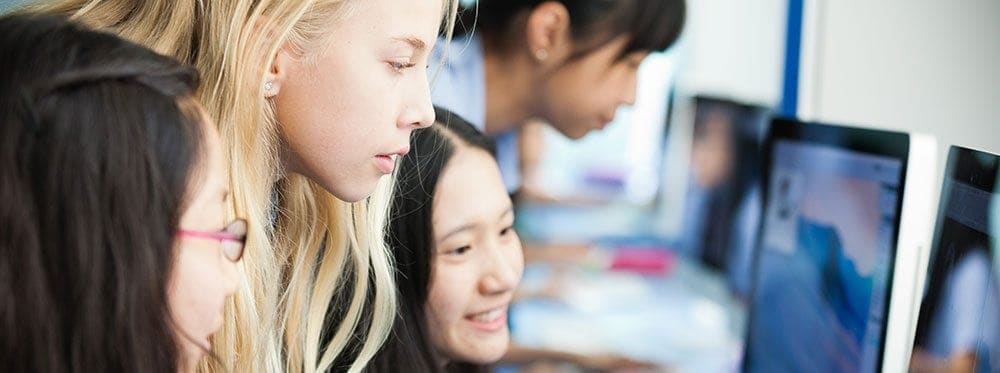As the world continues to evolve at a rapid pace, education must adapt to keep students prepared for a future shaped by global shifts and technological transformation. One way to make sense of these changes is by identifying overarching “megatrends” — broad patterns that define how societies operate and how individuals learn, connect, and grow.
Below are three key megatrends that are already reshaping the educational landscape — and how schools can leverage them to enhance learning and prepare students for success in a connected, visual, and choice-driven world.
A Culture of Connectedness
Far from being isolated by technology, today’s students are more connected than any generation before them. Digital tools like messaging platforms, social media, and collaborative online spaces have redefined the way young people communicate. While some may view screen time as a barrier to real interaction, modern learners are using these tools to build authentic, meaningful relationships — both locally and globally.
In schools, this connectedness presents opportunities to explore global citizenship, intercultural communication, and digital collaboration. Classrooms can now extend far beyond four walls, giving students access to ideas, peers, and experiences from around the world.
The Rise of Visual Communication
Communication is shifting rapidly from text to image. Emojis, GIFs, memes, and short videos have become mainstream mediums for expression — especially among younger generations. Even children as young as five or six are learning to create, edit, and share visual content with surprising sophistication.
In the classroom, this trend highlights the importance of visual literacy. Digital storytelling, multimedia presentations, and video-based projects can help students demonstrate understanding and creativity in ways that are often more dynamic than traditional posters or essays. As the visual becomes central to how we interact, educators must empower students to use images responsibly and effectively.
The Power and Challenge of Choice
Modern learners have more choice than ever — in how they learn, what tools they use, which platforms they access, and even how they demonstrate their knowledge. This empowerment can be incredibly motivating, but it also requires strong digital literacy and critical thinking skills.
Helping students learn how to evaluate the quality of information, manage their time online, and select appropriate tools for different tasks is a vital part of education today. Choice brings autonomy, but also responsibility — and schools must equip learners to navigate both.
Final Thoughts
Connectedness, visual expression, and personal choice are not just technological trends — they are the new fabric of how young people live and learn. These megatrends should inform curriculum design, classroom strategy, and digital citizenship education.
Rather than resisting these shifts, schools can embrace them as opportunities to develop more relevant, engaging, and future-ready learning environments. By guiding students to use technology mindfully and creatively, educators can help them thrive in a world where connection, choice, and visual communication are at the heart of everything they do.
Below, international educators share how they incorporate these megatrends into modern classrooms — through curriculum innovation, digital tools, and student-led learning pathways.
